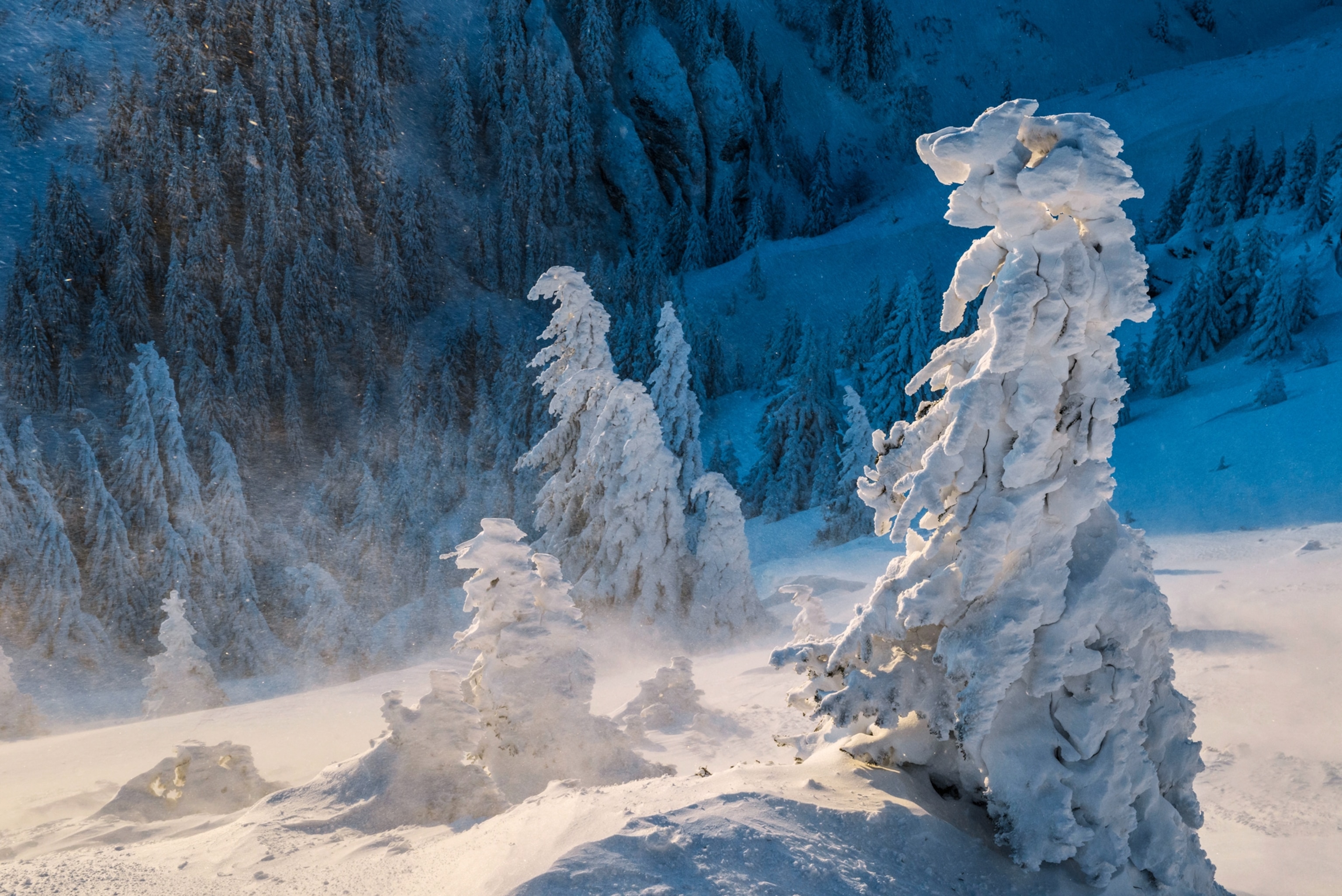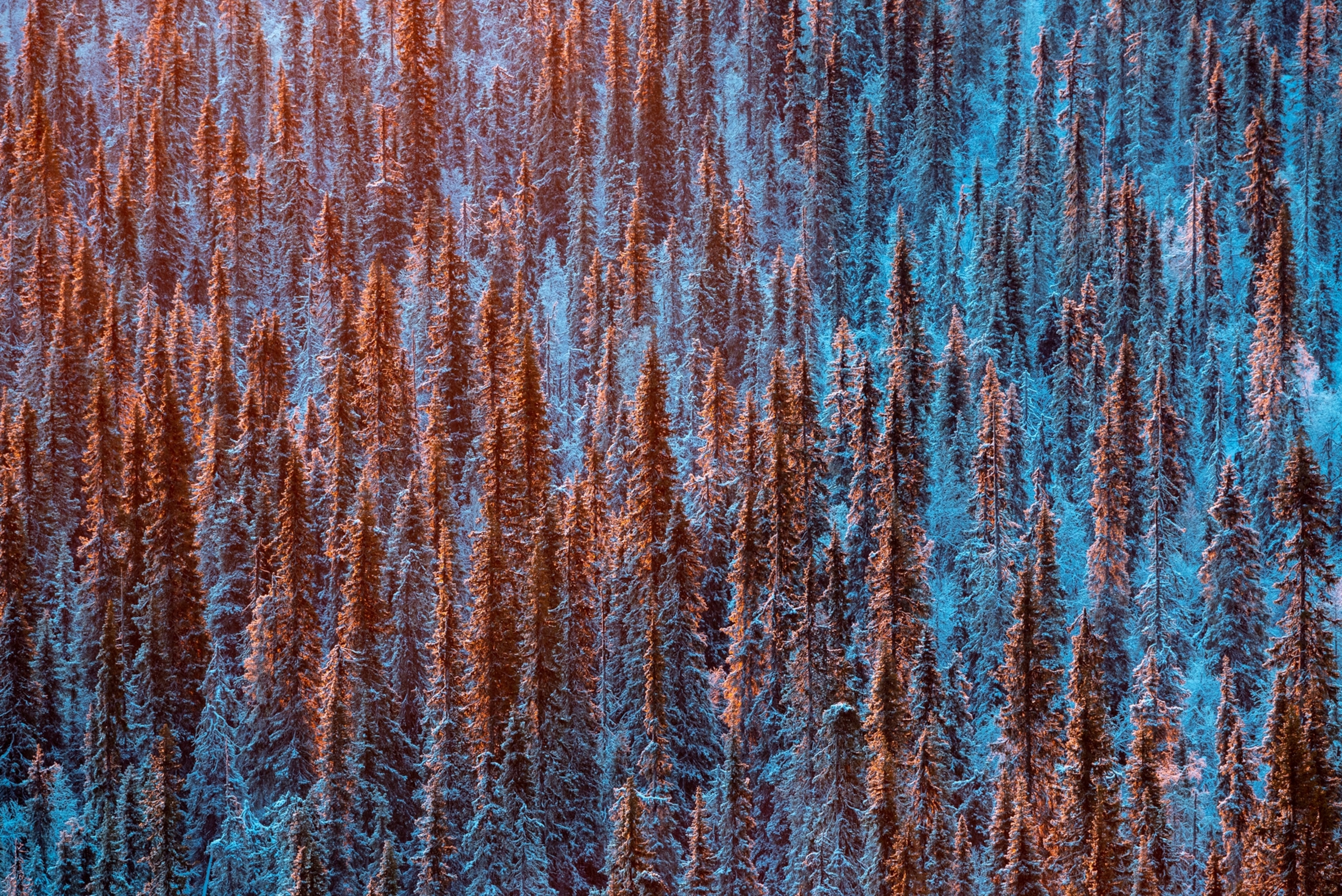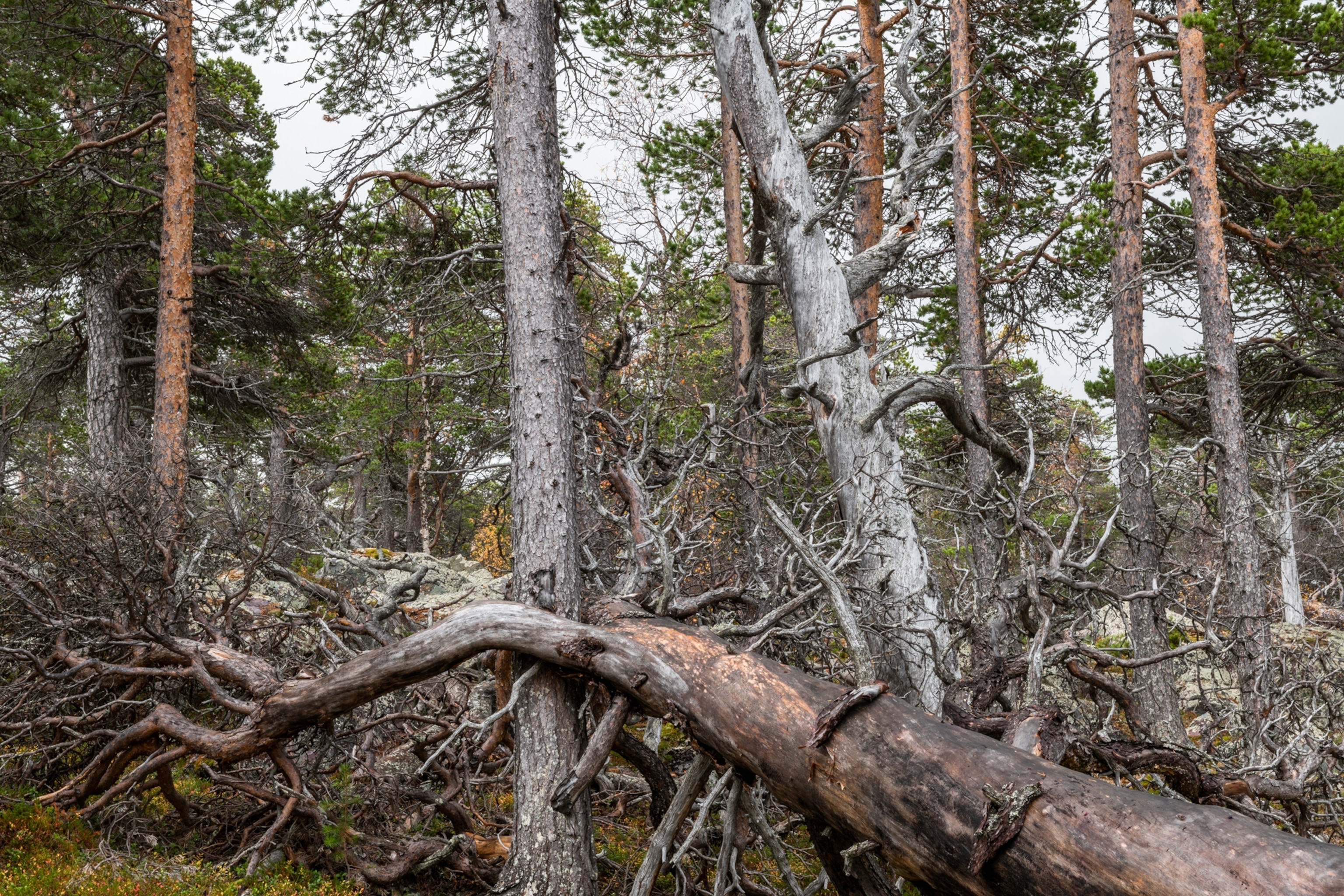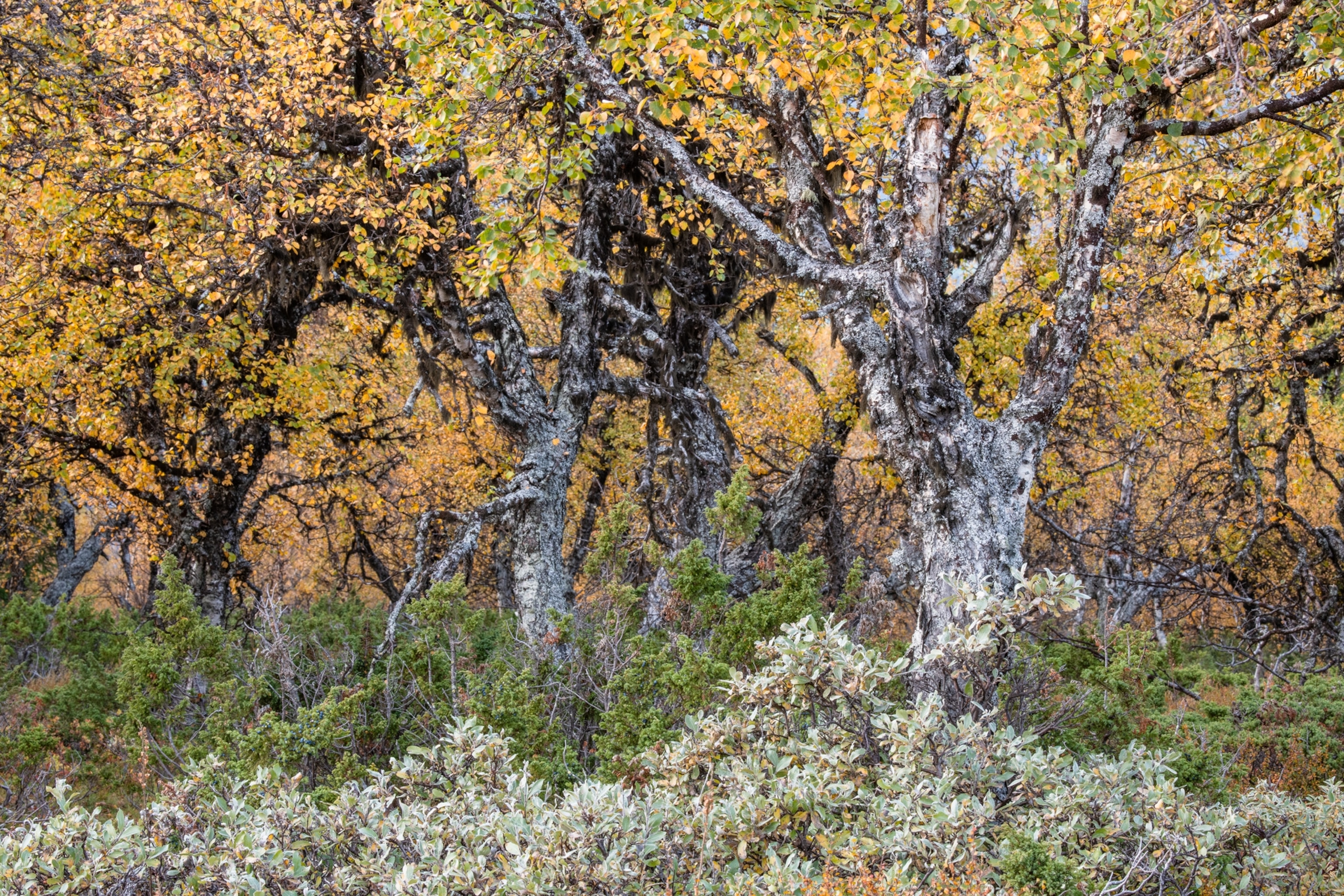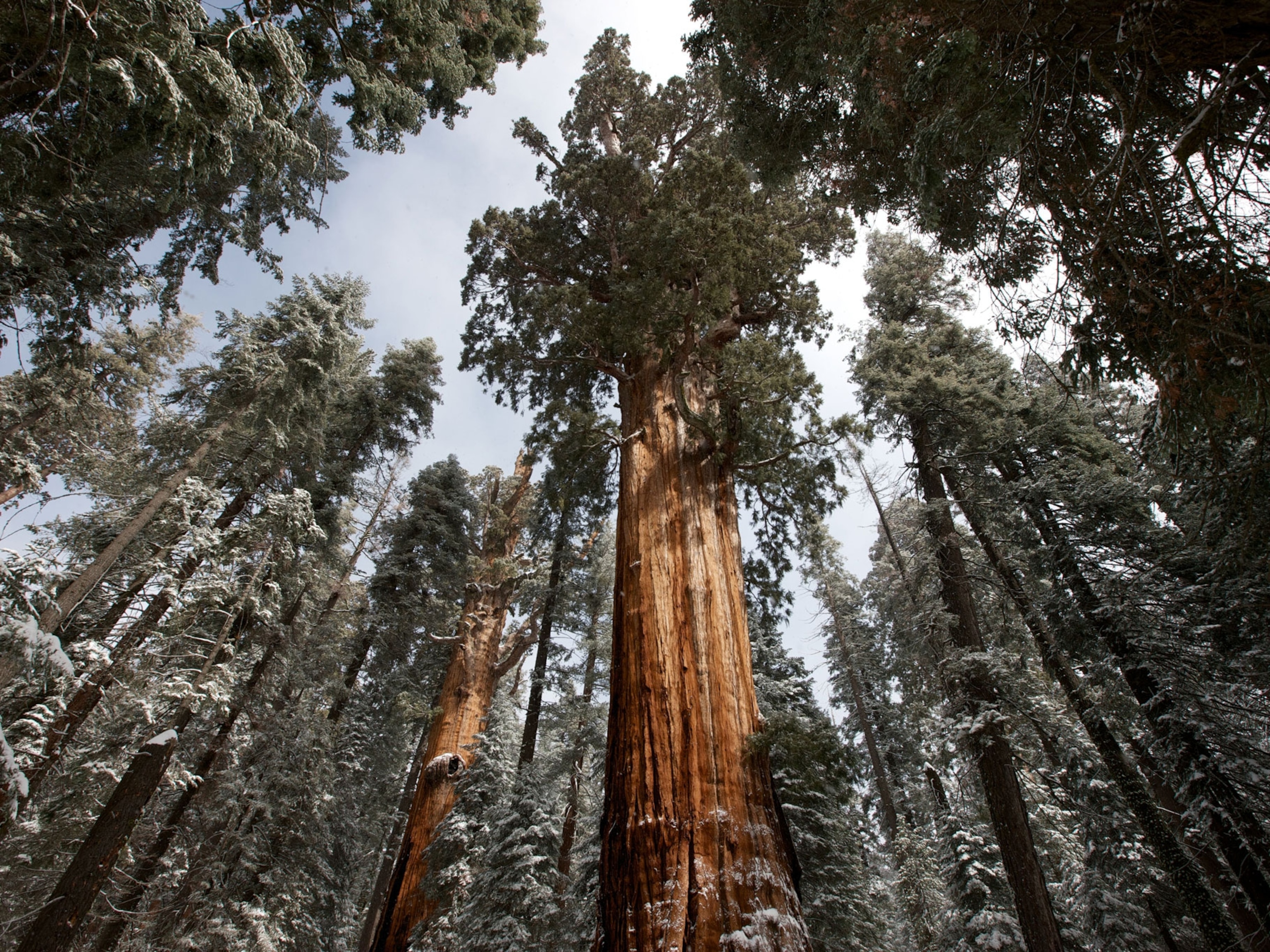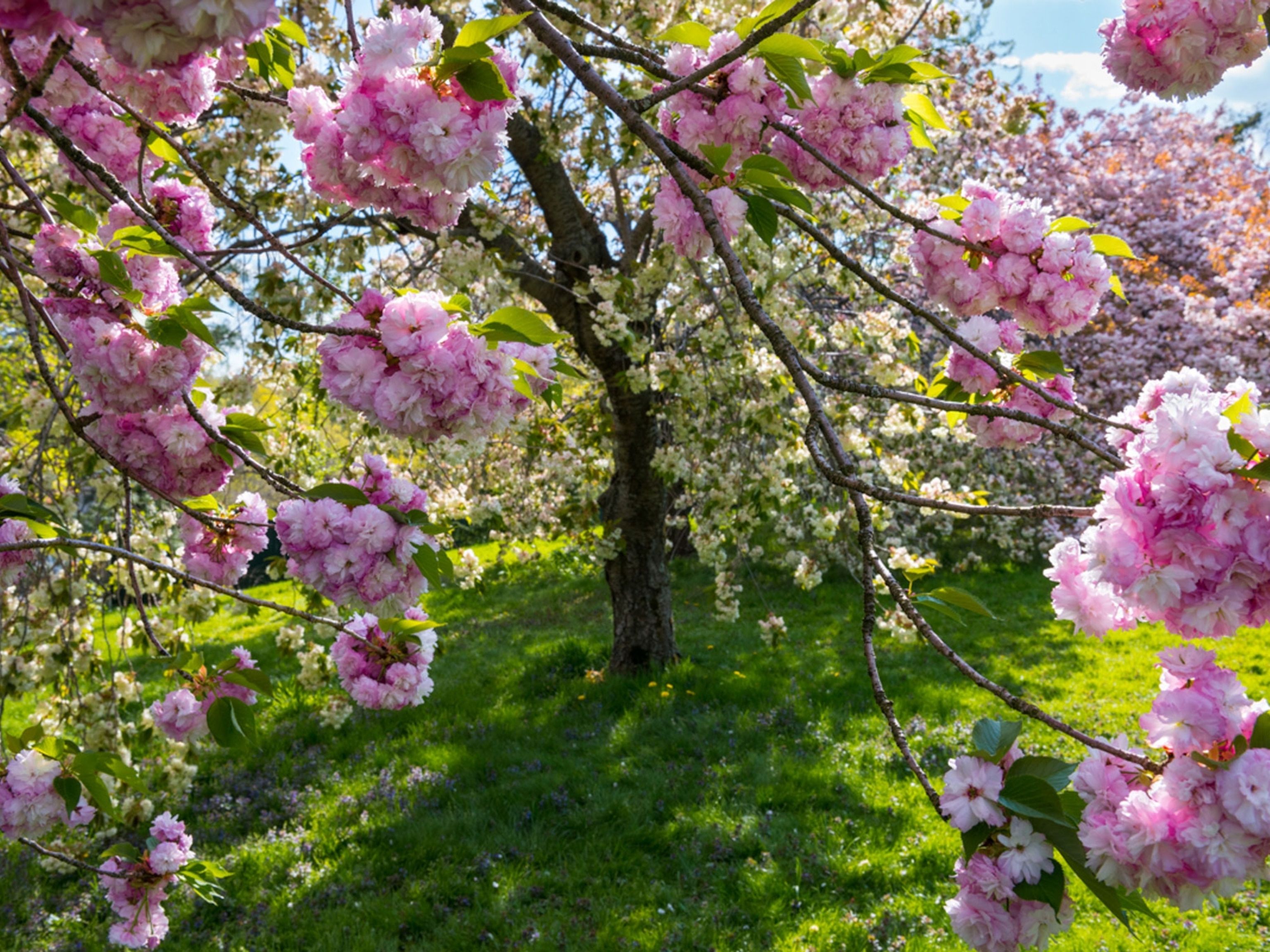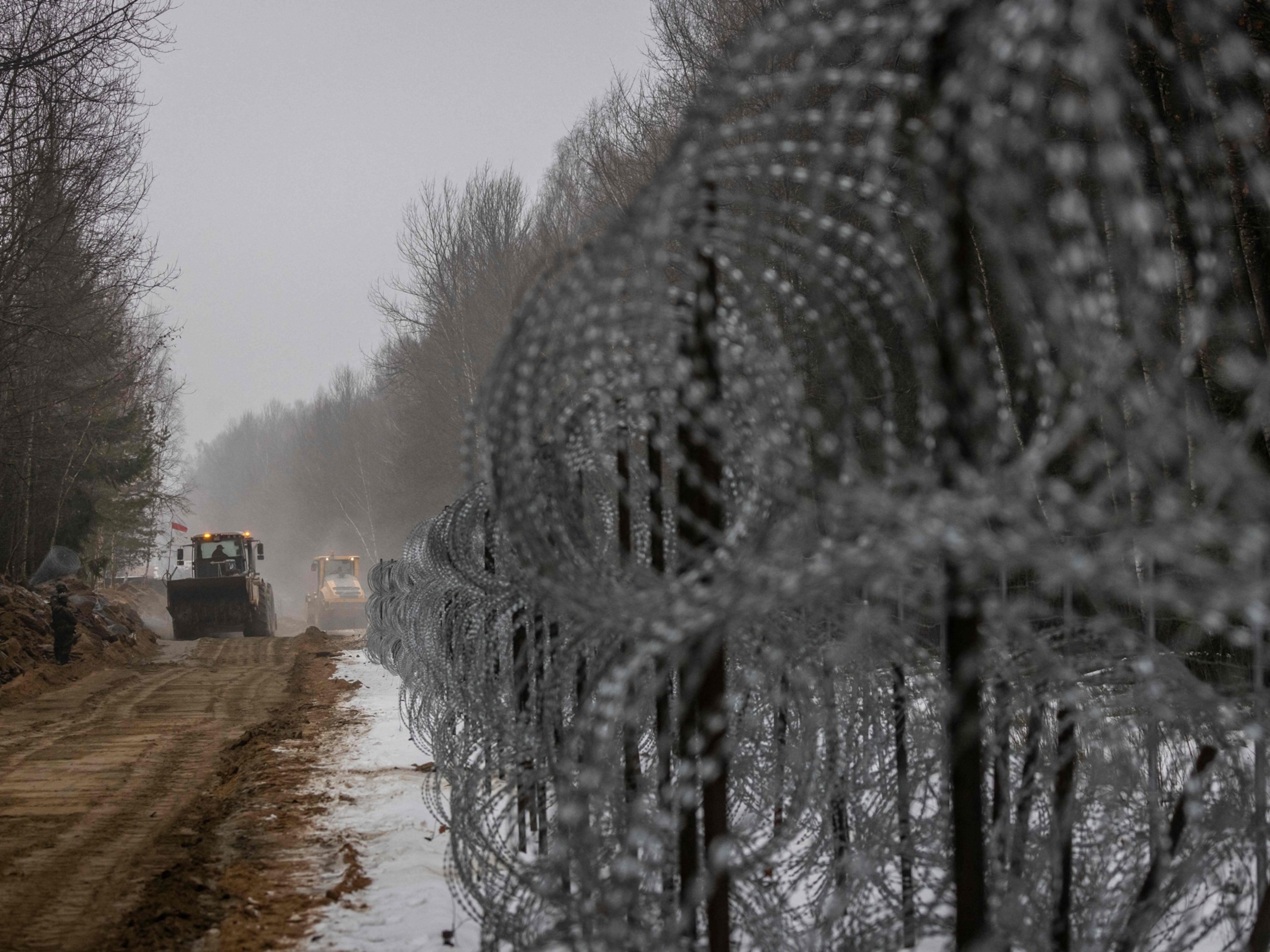I am drawn to the serenity and sheer beauty of pristine nature. Being in it heightens my perceptions and narrows my focus. As I concentrate on the surroundings, an inner stillness fills me and helps me capture a sense of place. This was the case when I packed my camera equipment and ventured into some of Europe’s old-growth forests to highlight these unique environments that have remained intact for centuries, despite recurrent threats of human disturbance.
The visits were often challenging because of unfavorable weather conditions and the distances I had to cover while going multiple times to the most photogenic locations. But the joy of the experience always prevailed. Hiking off-trail through the foggy laurel forests of Madeira, I was enveloped by trees that may have been up to 800 years old and whose trunks provided me with shelter when clouds released a sudden downpour. It felt like entering a holy space. (What we can learn from trees)
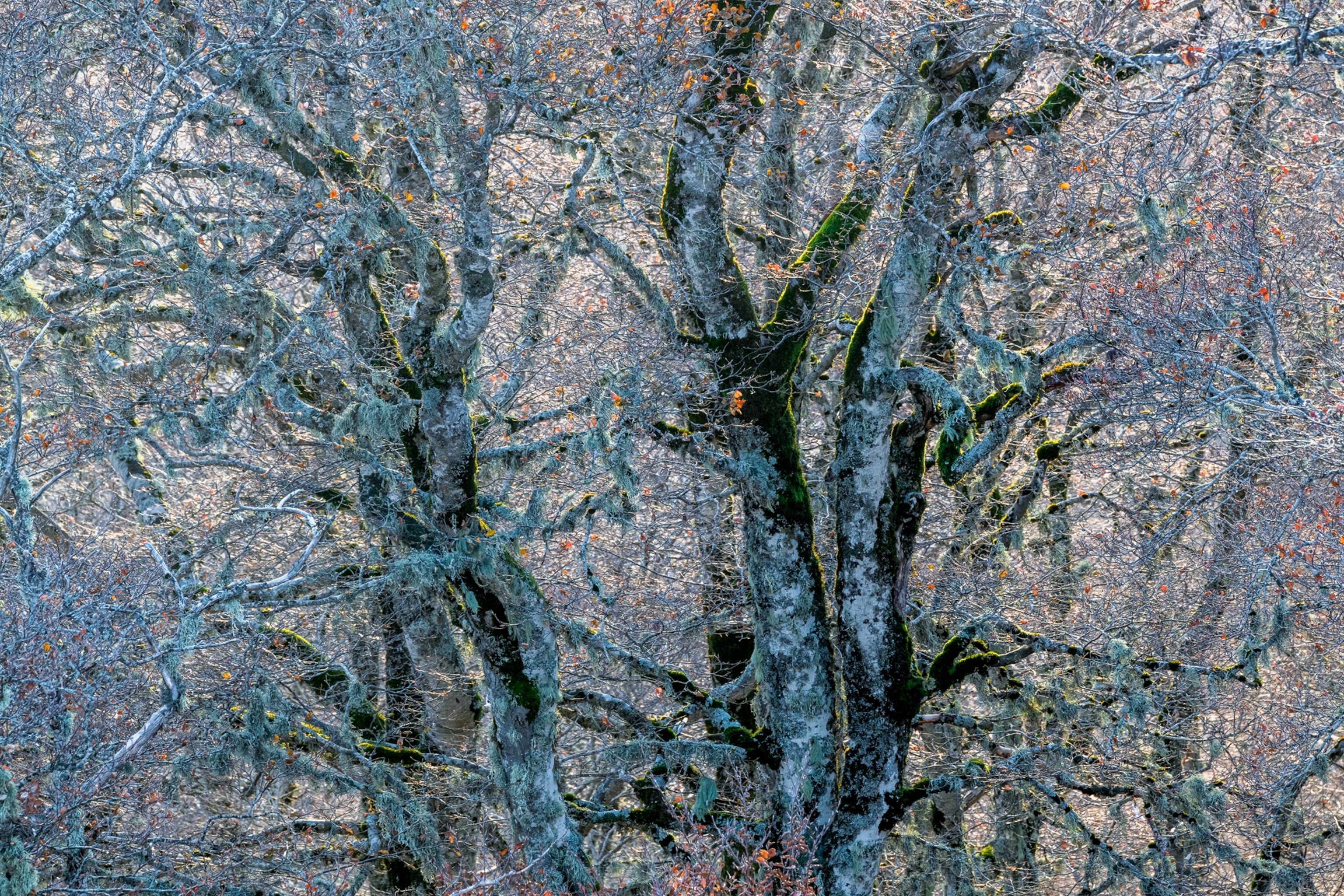
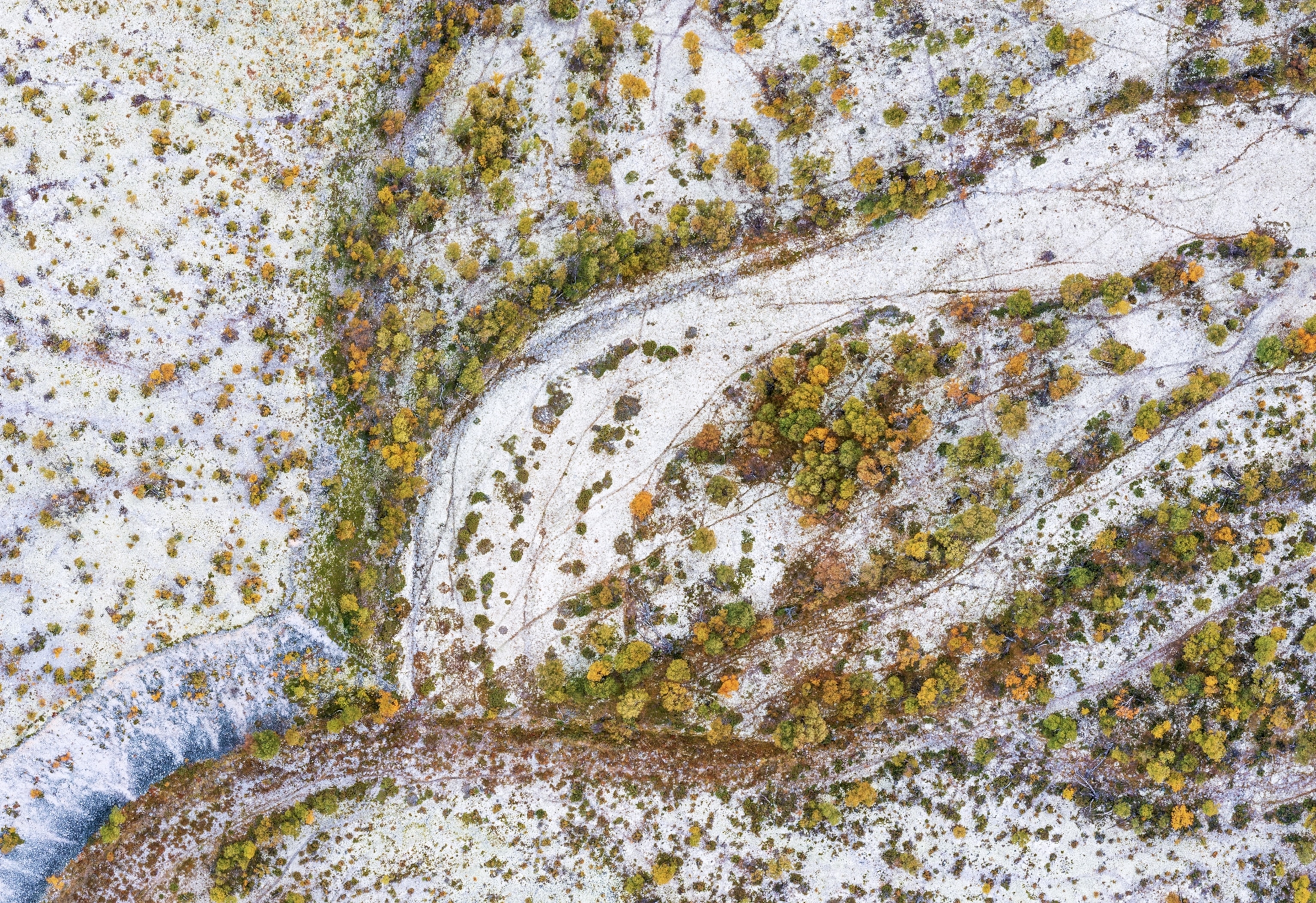
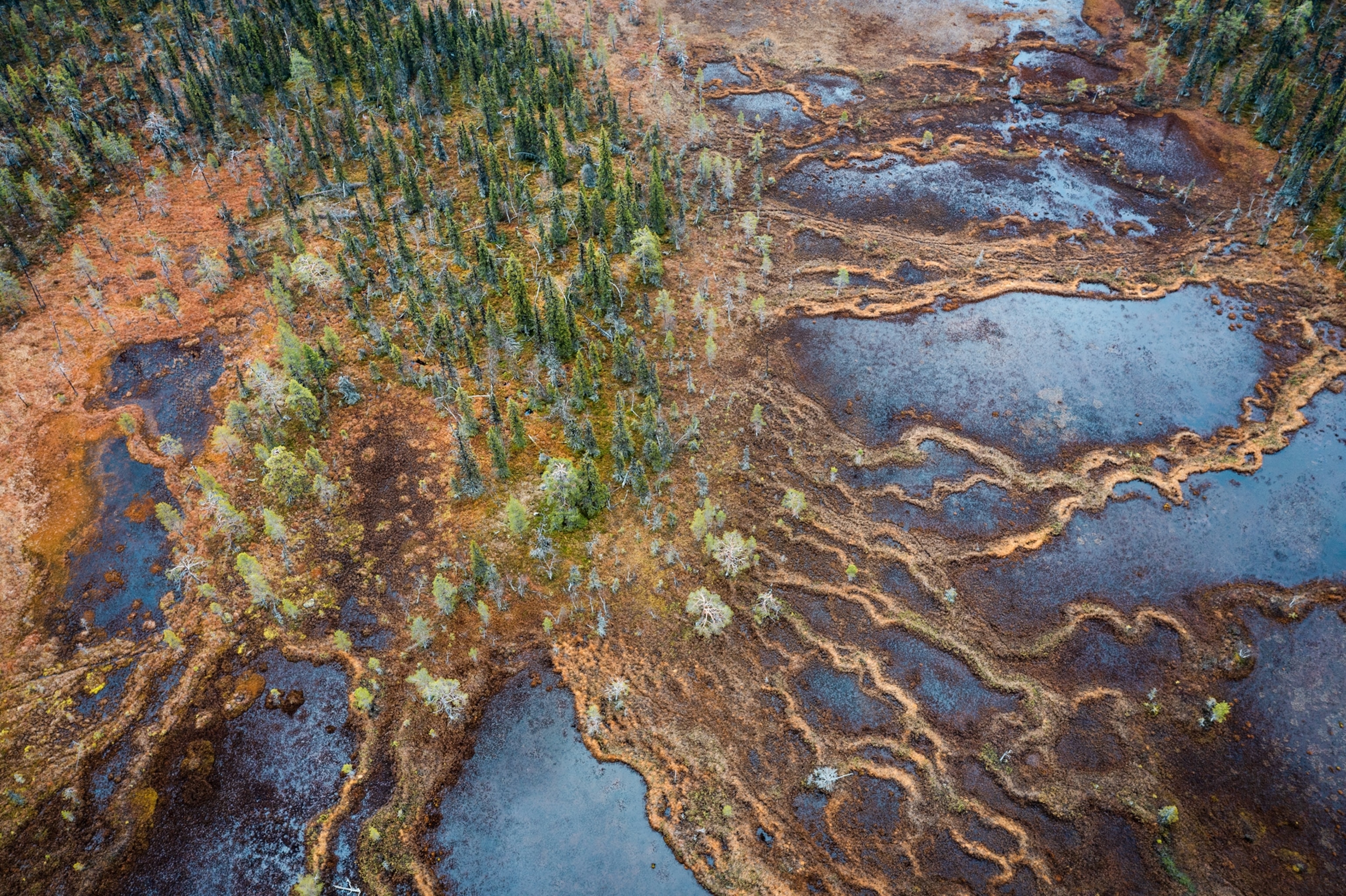
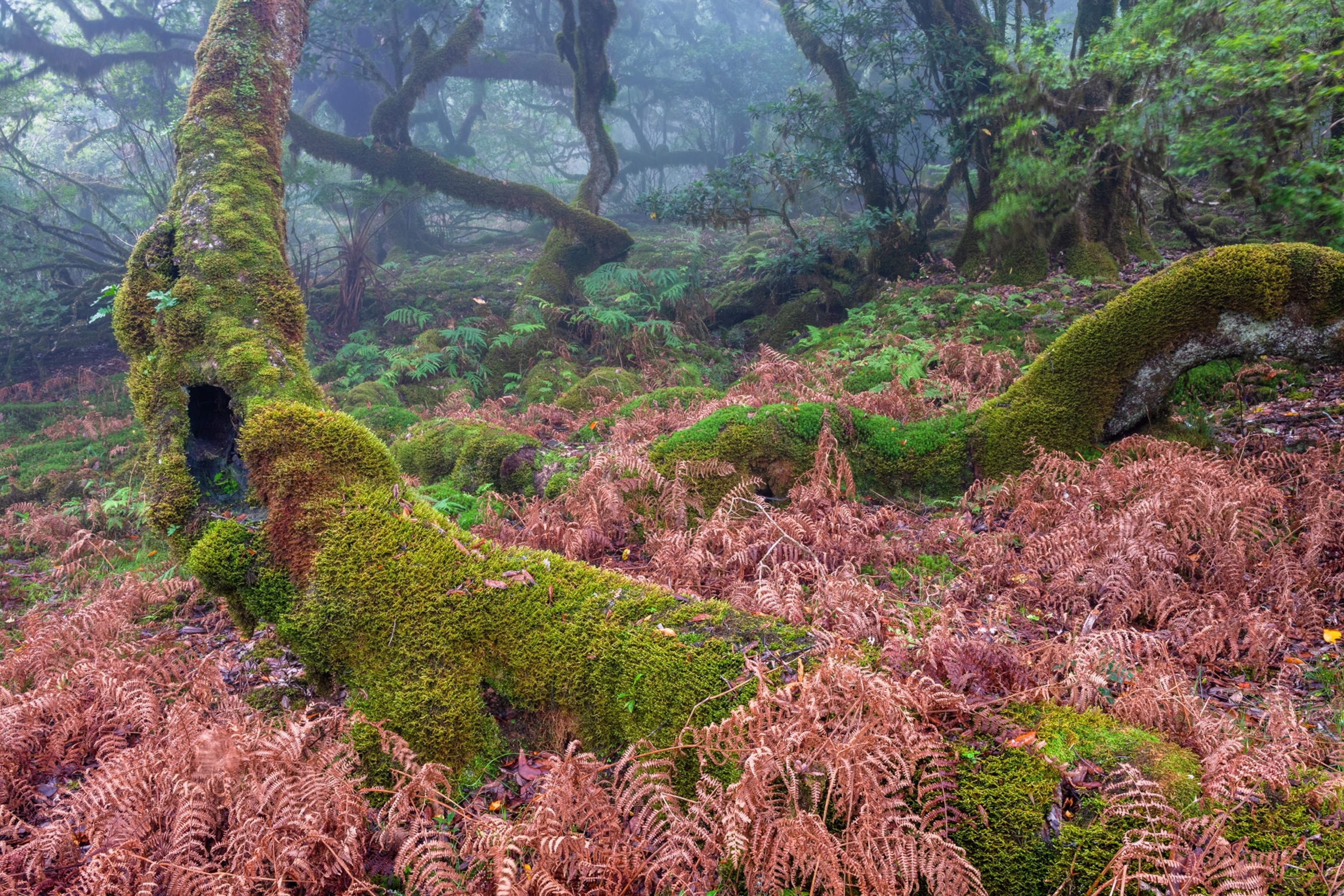
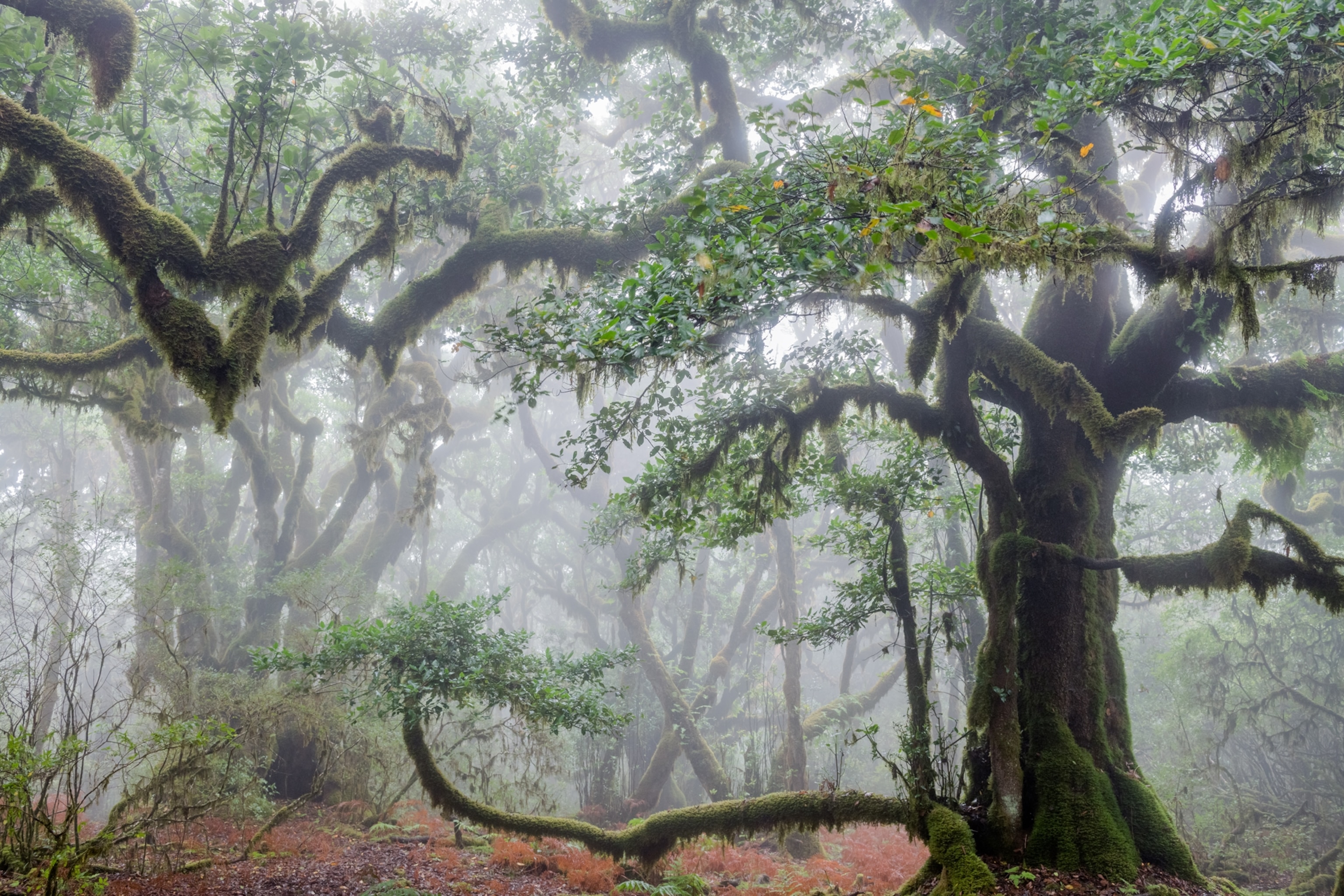
Roaming the intact Scots pine forests of northern Sweden and the mountain tree lines of southern Norway rewarded me with the sense of freedom I always get in the Scandinavian wilderness. The beech stands rising from the steep slopes of Italy kept me in awe of the power that forests shielded from exploitation can possess. I feel privileged that I was granted access to explore and photograph these wonderlands.
Excluding Russia, only about 2 percent of the forest areas in Europe are primary, or have never been cleared, reflecting a dazzling richness of life that once filled vast wooded ecosystems. Most of the areas are now protected, but as the human population continues to grow—with devastating impacts on the planet and its living creatures—the future of these forests is far from certain. I, for one, hope that they will still be standing for many centuries more.
